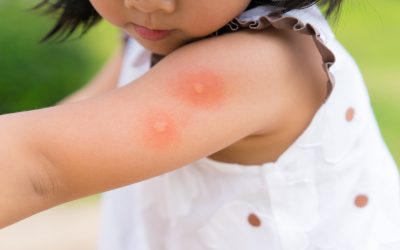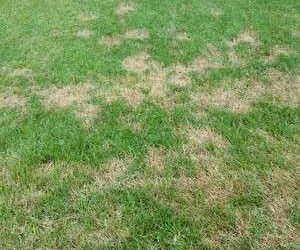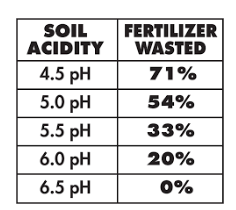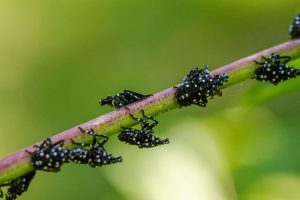 Virginia saw its first case of the spotted lanternfly (SLF) in January 2018. This insect is an invasive planthopper and is in the same family as aphids, cicadas, and leafhoppers.
Virginia saw its first case of the spotted lanternfly (SLF) in January 2018. This insect is an invasive planthopper and is in the same family as aphids, cicadas, and leafhoppers.
Spotted lanternflies feed by sucking sap from plants – the life blood of a tree. This weakens the plant, making it susceptible to other insects or diseases, and perhaps killing it.
The SLF prefers Ailanthus trees (Tree of Heaven). It looks much like a Sumac tree. If this tree isn’t available, they will settle for what is. They are particularly fond of grapevines, posing a significant threat to area wineries.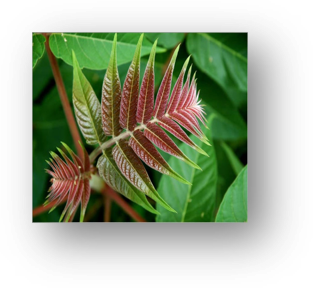
Why are there so many spotted lanternflies?
The simple answer, it’s native to China and was only first seen in the US in 2014 in Pennsylvania. Since then, sightings and infestations have expanded along the commerce routes up and down the eastern seaboard and as far west as Indiana. There are very few native predators to eat them. Spiders catch them in webs; praying mantis eat them; and yellow jackets eat dead ones.
Is your tree “raining”?
The SLF causes serious damage in trees including oozing sap, wilting, leaf curling, and tree dieback. SLF suck sap, digest it, and excrete a sugar rich “urine” called “honeydew,” which “rains” from the branches and encourages the growth of black sooty mold. While this mold is harmless to humans, it is an annoyance and requires a lot of elbow grease to remove from hardscapes and lawn furniture. In some cases, sooty mold smothers understory plants.
The economic impact goes beyond the trees and shrubs in your landscape. It is a potentially very serious pest of grapes, peaches, hops, and a variety of other crops, The Virginia Department of Agriculture and Consumer Services asks citizens to report SLF. Learn more here: https://www.vdacs.virginia.gov/pdf/spotted-lanternfly-checklist.pdf
Additionally, refer to the chart below to learn what the SLF looks like throughout its various life stages. It’s a beautiful insect, but make no mistake, the damage it causes to agriculture is devastating.

Control
Certain insecticides are effective in controlling the SLF. Two critical factors include applying an insecticide without damaging beneficial insects; and applying an insecticide at the best time in the insect’s lifecycle to obtain maximum control.
If you spot a spotted lantern fly in any stage of its life cycle, contact your local Extension Agency (you can find them here: https://ext.vt.edu/agriculture/commercial-horticulture/spotted-lanternfly.html) so the presence and proliferation of this invasive species can be recorded at the state level.
Protect your landscape and that of your neighbors. Call ProLawn @ 540-662-8316today if you see Spotted Lanternflies on your property.

